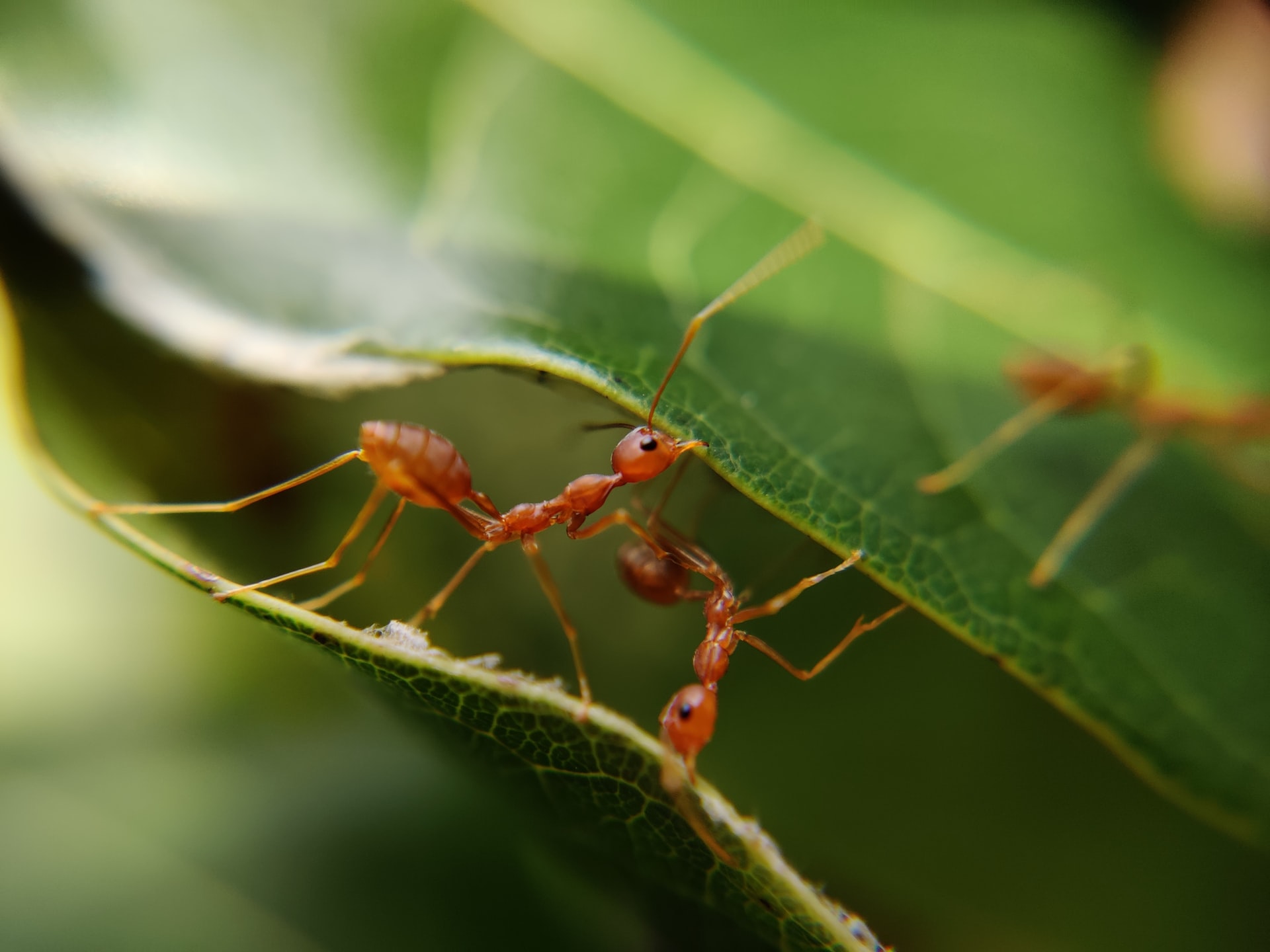Ants are fascinating creatures, and mating is an important part of their lifecycle. In order to successfully mate, ants will follow a number of specific behaviors and tips. Some key aspects of ant mating include finding a suitable mate, engaging in ritualized courtship behaviors, and producing winged reproductive forms for reproduction.
If you are interested in learning more about ants and their mating habits, there are many resources available online that can provide you with additional information and tips. Whether you are a researcher, educator, or simply an ant enthusiast, there is something to be learned about these fascinating creatures.
What kind of ants are found in your area and what do they look like
There are many different species of ants found all over the world. The vast majority of them are not harmful to humans and can actually be beneficial, such as by preying on other insects that damage crops or spread disease. However, there are a few species of ants that can pose a threat to humans, such as fire ants and red imported fire ants.
When it comes to appearance, ants can vary widely in size and coloration depending on the species. Some ants are very small, while others can be quite large. The colors of ants also range widely, from red to black to even shades of green or blue.
What do ant eggs look like and where are they typically found
Ant eggs can be found in a variety of places, depending on the species. Most ant eggs are tiny, white, and oval-shaped. They are often gathered together into large clusters called an “ant egg pile.” Some ant species lay their eggs in underground chambers or within small spaces inside plants or trees. And other species will simply lay their eggs outside, where they will be exposed to the elements.
Queen ants can be identified by their larger size and their winged appearance. Queen ants also have a distinctive large round abdomen. Male ants, on the other hand, are smaller and do not have wings.
What is the main difference between worker ants and soldier ants is their size
The main difference between worker ants and soldier ants is their size. Worker ants are typically smaller than soldier ants. Soldier ants also have large mandibles (jaws) that they use for defense.
Worker ants are the most common type of ant you will see in an ant colony. They are responsible for a variety of tasks, such as gathering food, caring for the eggs, and building the nest. Soldier ants protect the colony from predators and intruders.
How do ants communicate with each other
Ants communicate with each other using a variety of methods, including chemical signals, touch, sound, and even light. Chemical signals are the most common form of communication among ants and are used to communicate a variety of messages, such as alarm signals, recruitment calls, and trail markers.
Touch is also commonly used by ants to communicate, especially during mating rituals. Sound and light are less common forms of communication, but some ant species do use them to signal danger or to attract mates.
how do ants mate and
Ants mate in a variety of ways, depending on the species. Some ant species will pair up with a mate and mate via external fertilization, similar to how many other insects reproduce. Other ant species have what is called “functional castes,” which involves a queen ant that mates and produces eggs, while soldier ants take care of the eggs and protect the colony. Finally, some ant species will simply mate in large swarms with many different individuals at once.
In most cases, reproduction among ants involves the production of winged reproductive forms known as alates that fly away from the colony to find a suitable mate and start new colonies of their own. Ants will often engage in a behavior known as “nuptial flight” in which large numbers of alates take to the air all at once to mate. After the alates have mated, they will shed their wings and begin to build a new colony.


